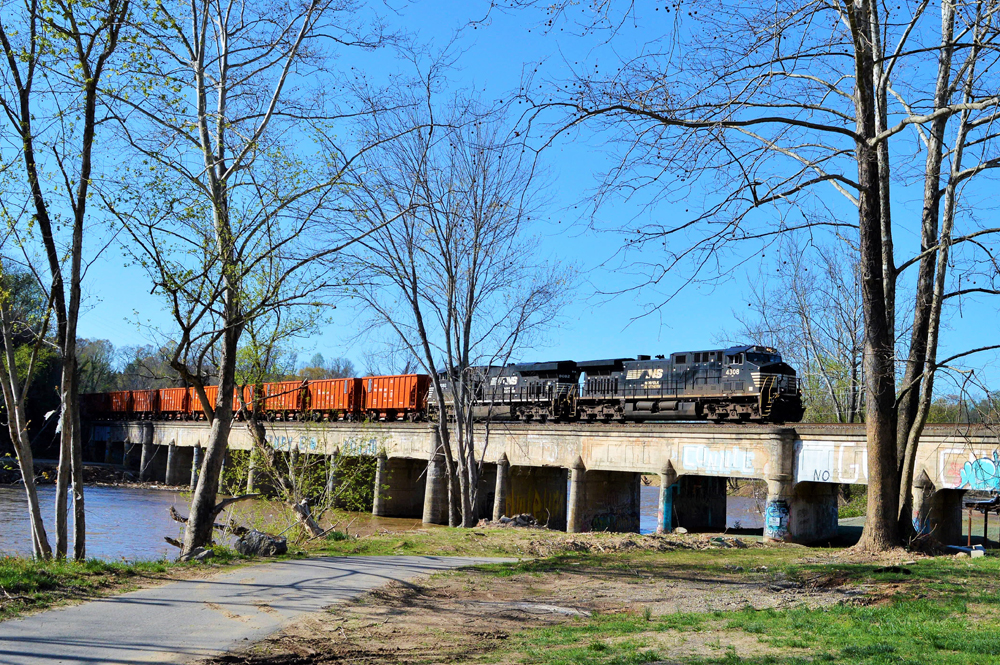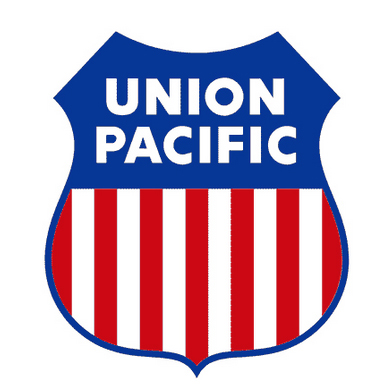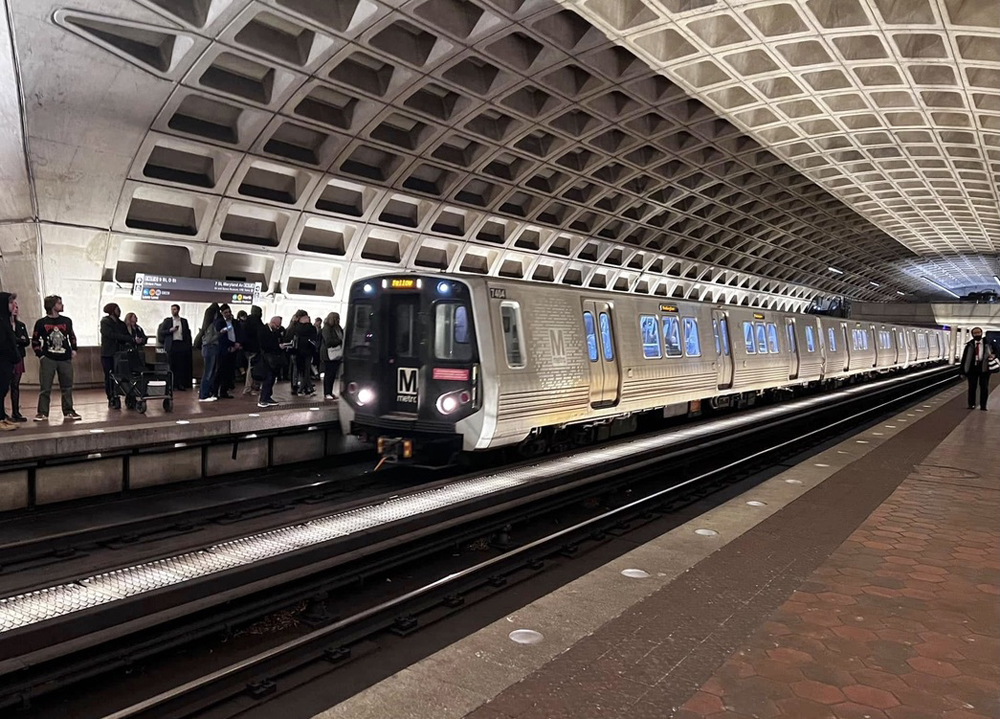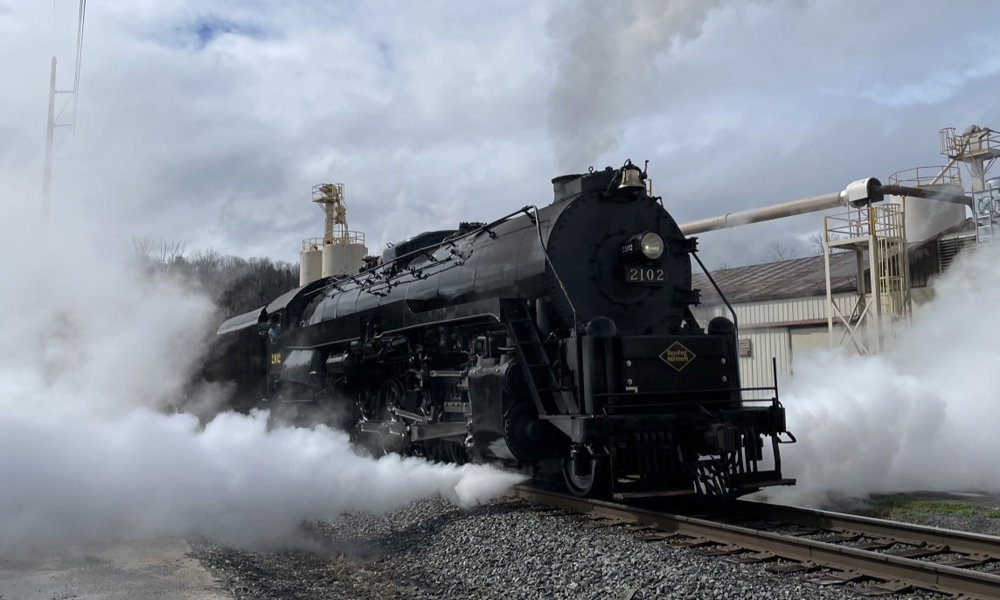“While early, I am pleased with the initial results as we’ve seen improvements in several key performance indicators on our network,” CEO Lance Fritz told analysts and investors on the railroad’s earnings call on Thursday.
UP dismissed skepticism from some industry insiders and Wall Street analysts that the railroad was adopting a watered-down version of the operating philosophy developed by the late E. Hunter Harrison.
“There has been some speculation of what we are doing is a light version of PSR or that UP is not fully committed to making the changes necessary to achieve PSR benefits. I can assure you that is not the case,” says Tom Lischer, executive vice president of operations.
Harrison rapidly made sweeping operational changes at Canadian National, Canadian Pacific, and CSX Transportation that led to months of service problems, shipper complaints, and increased regulatory scrutiny.
UP is changing its operating plan gradually and in regional phases to minimize the potential for disruption.
“While our approach may be different, the fundamental PSR operating principles are the same,” Lischer says.
“We are building a new culture here at Union Pacific that will enable successful implementation of the Unified Plan 2020,” Lischer says. “We are off to a great start.”
Cars are moving faster, the number of cars online is dropping, and locomotive productivity is increasing — albeit slowly. But trip-plan compliance fell by a percentage point this month.
Since Oct. 1, UP has phased in about 125 of 150 planned changes to the transportation plan on the Mid-America Corridor linking the Midwest and U.S. Gulf Coast. Combined, these routes carry about half of UP’s volume.
Changes include shifting the focus from moving trains to moving cars, minimizing terminal dwell and car handling, blending unit-train traffic into the merchandise network, and balancing train movements by direction and day of week to improve utilization of locomotives and train crews.
This week, UP began running longer intermodal trains on the Mid-America Corridor.
Last week the railroad began taking frac sand loads out of unit trains and handling sand hoppers in merchandise trains. Previously, sand producers would take up to five days to load a unit train. Now UP makes daily pickups of smaller batches of sand hoppers, puts them into merchandise trains, and sends them on their way.
“What that does is it saves days on car trips,” Fritz says. This reduces transit time, dwell, and the number of cars needed to move the same tonnage.
UP made dozens of changes to its first- and last-mile service for merchandise customers, as well.
On the Little Rock Service Unit, for example, UP shaved three days of transit time for one customer’s shipments by making blocking changes that reduce dwell. Another customer on the North Platte Service Unit now pre-blocks cars for UP, allowing the cars to bypass the local switching yard and saving 24 to 36 hours of dwell in the process and providing faster service overall.
“In all of these cases, we work closely with the customers to end up with a win-win solution,” Lischer says. “We are able to improve operational efficiency for Union Pacific and service reliability for the customer.”
UP announced several goals that call for 10-percent improvements by the end of 2019 to key operating metrics, including freight car velocity, the number of cars online, locomotive and workforce productivity. The railroad aims to boost car-trip plan compliance to 75 percent, up from the current 60-percent level.
Next up, and earlier than anticipated: Operational changes on the former Southern Pacific Sunset Route linking California and Texas.
UP also made several moves to streamline the company.
It went from three operating regions to two by eliminating the Western Region. It collapsed the operating department structure by reducing the number of service units to 12, from 17.
UP will close its locomotive shop at South Morrill, Neb., in January. Terminal rationalization is under review as significant shifts are under way in how cars move across the network and where they are switched.
The railroad is restructuring its engineering department and moving customer service from the marketing department to the operating department.
UP also will cut 475 management jobs and 200 consultant positions by the end of the year.
To encourage customers to load and unload cars more quickly, UP will be raising demurrage charges.
The railroad also is further evaluating every carload to make sure that traffic fits the new operating plan and existing profit margin targets, says Kenny Rocker, executive vice president for marketing and sales.
UP is prepared to walk away from business that doesn’t fit the network, he says, but aims to boost volume by educating customers about the new operating plan.















No, it’s not ALL about the share holder. It’s about running a profitable railroad. A company exists to make money,
not to provide jobs, not to survice everyone just because someone wants you to. A railroad hauls what makes money for the owners. Doesn’t matter if those are stock holders or direct owners. If a business ships a few cars at a time and as mildly profitable but disrupts other larger volume business volumn the net result is it actually costs to service that small business and you need to walk away. Not all business is good business. If it isn’t profitable raise your prices or let someone else lost money on it.
It’s all about the share holder, no one cares about the customer. The UP will do what CSXT did and CP did, will get the cars close to the destination quicker but then cut the switch jobs to deliver the cars so in reality the cars will take longer to reach the customer siding than it does now
PSR works and is simple common sense in many ways. I don’t buy the statement that “csx, cn, and cp all slowly move to undo everything EHH did when he was in charge”. What is the evidence to support it? Don’t bother with re-activation of a hump yard here or there as some kind of ‘proof’. How about something that deals with abandoning the use of longer trains, not running balanced numbers of trains in both directions, or not integrating unit train traffic into manifest freights, all on a system wide basis?
What we are seeing today is pruned back railroads investing in capacity to handle profitable business. Look at the CN story from a few days ago covering their record capital budget and nearly completed construction projects for double track, more sidings and longer sidings. CN is buying more high horsepower, modern locomotives to handle the longer, heavier trains. Healthy profits show the railroads have their infrastructure in the right place and are delivering the services that shippers require.
The people who run large businesses are serious folks. They get paid to make the right decisions and generate profits for shareholders, or they don’t have jobs very long. NS and UP see that PSR works and are using it to make their railroads better.
Which means that if BNSF plays it right, it could quickly and easily become a much larger railroad than UP, both in volume and profits.
That is, if it does not get infected by the PSR virus itself.
The bottom line on all this is does PSR increase carloads? Not increase Fat Cat bonuses……
“UP is prepared to walk away from business that doesn’t fit the network but aims to boost volume by educating customers about the new operating plan”
To me this wordplay simply means UP will support and encourage more business from its large customers at the expense of the small and it goes hand in hand with the increase in demurrage rates.
Dennis, an excellent point about which businesses should get gov’t money — but at this point we have abandoned any pretense of expecting public good to come out of a lot of public money (viz the gazillions that go into sports arenas).
I thought railroads were expected to act as a public utility. If so, how can they turn down business? If this is the way they are going to operate we need to consider ending government handouts to them. Can’t have it both ways, ya know.
Leo, I agree with you. However, the previous paragraph says it all. Making a profit on a carload is not good enough. It needs to be a hefty profit, or it’s not worth moving it. This is why railroads are not a growth industry.
Shouldn’t the network fit the business, rather than walk away from it?
UP starts using psr as csx, cn, and cp all slowly move to undo everything EHH did when he was in charge. Psr makes money for a few at the expense of the long term productivity.